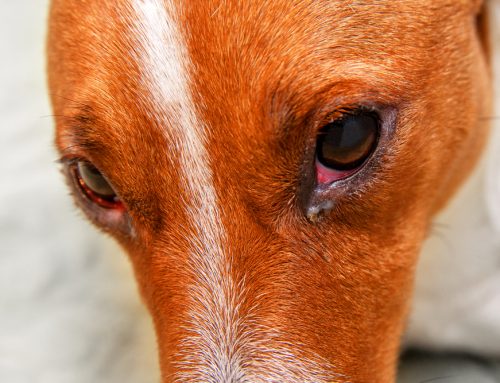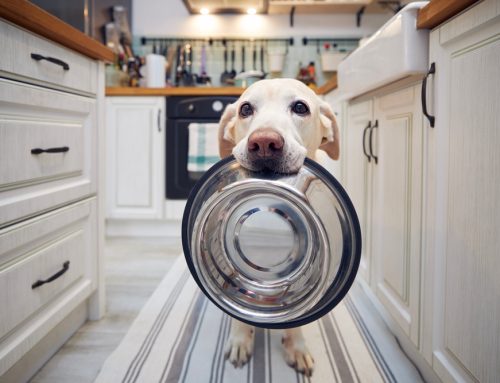Does your dog start panting, salivating, whining, and pacing right before it is time for you to leave for the day? Do you often come home to destruction in the house, including house soiling in an otherwise perfectly house-trained dog? Do your neighbors complain about hearing howling from your home when you are gone? If so, your dog may suffer from separation anxiety. You may already know this term and that your dog may be suffering from it. What you may not know, however, is that there are things that can be done to help correct it, and that there are veterinarians who specialize in behavior medicine and that they can be the best sources for treating it.
What is separation anxiety?
This anxiety occurs when dogs are left alone or separated from their owner(s); they become distressed and cannot relax until the owner(s) return, and the severity and causes can vary. These dogs are very attached/dependent on the family members.
Where to start?
First things first. In order to treat separation anxiety, an appropriate diagnosis must be made. Other problems can cause similar symptoms, such as obsessive-compulsive disorders, other anxiety disorders, or a lack of exercise, stimulation, play, etc. Medical conditions that could potentially be responsible for some of the symptoms (such as urinating in the house being related to an infection, kidney disease, urinary stones, incontinence, etc.) should also be ruled out. As a result, the first step would be scheduling an appointment with your veterinarian if you are concerned your dog is showing any of these signs that could indicate separation anxiety. Your veterinarian will then gather a complete history of the problem(s) at home, and go over any medical testing that should be done.
Ok, other conditions have been ruled out. What’s next?
If your veterinarian feels that separation anxiety is the diagnosis, whether or not they are comfortable treating and discussing things to do at home will determine whether they offer advice or refer you to a veterinary behaviorist. This is unfortunately a field that is lacking in number currently, so you may have to travel some distance to see one of these specialists.
If your veterinarian is comfortable treating, they will discuss with you three areas to work on at home. This involves changing the environment (ie crate training the dog to prevent it from damaging things in the home), teaching the dog to ‘settle’ and rewarding it for progressively longer relaxed/settled behaviors (and this also involves ignoring/not rewarding the unwanted behaviors, such as excitation/jumping that can occur when the owner returns home), and eliminating triggers that can result in the anxious behaviors (ie breaking up the owner’s departure routine so that the dog does not associate certain behaviors with the owner’s departure). Lastly, in some cases, medication for anxiety needs to be added as well. These medications can make the training go easier.
Conclusion
Separation anxiety can be very frustrating for owners. It takes a lot of work and time to get these behaviors under control, but the end result can be a more relaxed dog, which is better for everyone. If you are concerned that your dog may be exhibiting signs of separation anxiety, please schedule an appointment with your veterinarian at Twin Maples Veterinary Hospital.
Please visit our website Twin Maples Hospital, click on ‘Resources’, then ‘Pet Health Articles’, and then search ‘separation anxiety’ for two well-detailed articles on separation anxiety and training.
Please visit http://vet.osu.edu/vmc/behavior for information on The Ohio State University’s Veterinary Medical Center’s Behavior department, including information on Dr. Megan Herron, a board-certified veterinary behaviorist (and the only one in Ohio!).









Leave A Comment